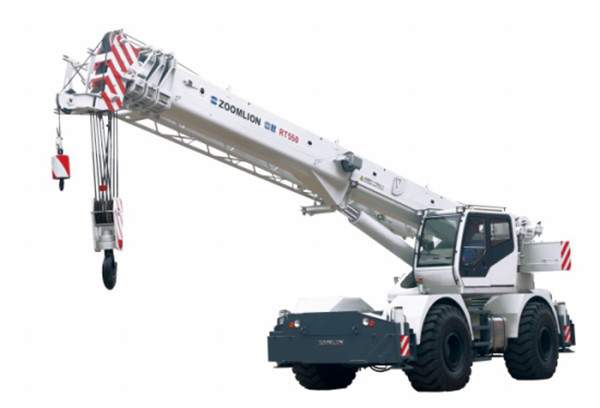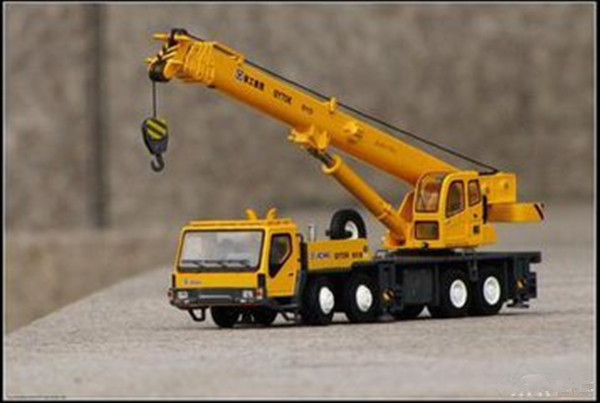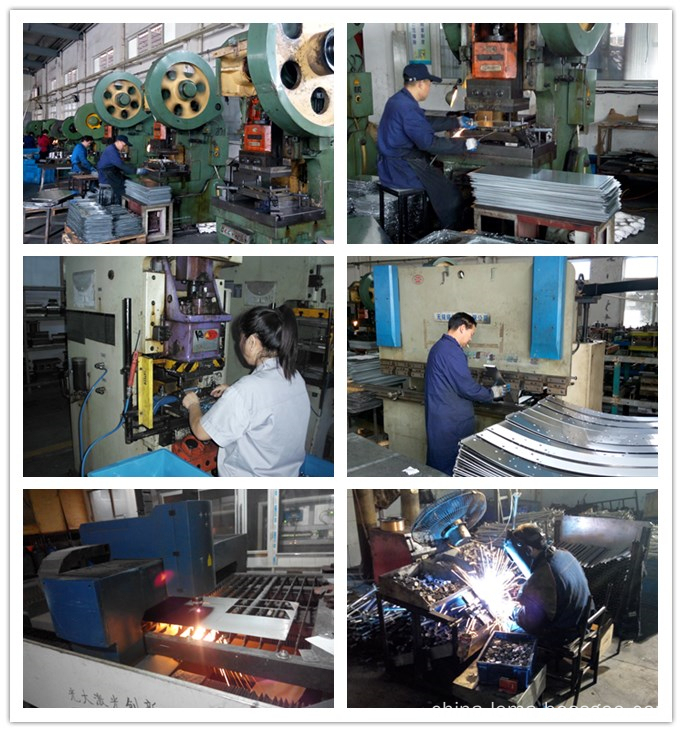Nowadays, the application of cranes is very extensive. We can see it in many places, such as on the construction site of a building, during the handling of steel products, and so on. Let us explain in a unified way that the crane is a kind of lifting and lifting machinery equipment widely used in construction sites, ports, or power companies. Cranes are popular names for lifting appliances. The working order of the crane is to lift the item first at one location, then drop the item after reaching a designated location, and then perform the reverse action to return the crane to its original position for the next cycle. Lifting machinery is most often used in ports, on construction sites, and in workshops. Before carrying out the crane operation, we must first clearly understand the weight of the items to be lifted. The carrying capacity of the crane must be greater than the weight of the lifted items. The second must be tied to the crane before it is lifted. The third point to remember is that when the weather conditions are not as good as wind and rain, the crane operation cannot be performed. Fourth, there must be a clear command signal to guide the operation of the crane. In addition, the maintenance and repair of the crane is very important, which is directly related to the safety and efficiency of the crane operation, and also determines the service life of the crane. Just as one needs to go to the hospital regularly for physical examination is a truth. So that cranes create the greatest economic benefits. In the crane operation, cranes inevitably have problems such as loose parts, aging, and even breakage of pulleys. Therefore, in order to extend the service life of the crane and reduce or eliminate the existing safety hazards, regular safety inspections and maintenance of the crane are necessary. The most important thing is the chain of cranes, which is arguably the most important thing. Observe the degree of wear of the chain on a regular basis. Imagine how terrible it would be if the chain suddenly broke during the operation of the crane. Therefore, the chain must be regularly checked for repairs and maintenance.
Stamping is a kind of process
that obtaining the required
shape and size of the parts by outside force on the metal sheet, strip, pipe shape material use mould and press machine,
in order to produce plastic deformation or separation. Stamping and
forging belong to plastic processing (or pressure processing), called the
forging press. The mainly stamping billets are hot rolling and cold rolling
steel plate and steel belt.
Stamping processing is a
production technology that use of conventional or special equipment of the
power, make the deformation sheet metal deformation in the mould. Thereby
produce a certain shape, size and performance parts. Sheet metal, stamping
mould and equipment are the three elements of stamping.
Stamping characteristics:
Compared with the castings,
forgings, stamping parts have the thin, uniform, light and strong characteristic. Stamping can make other methods are difficult to manufacture, such
as rib stiffener, flanging, ups and downs, or flanging products, in order to improve its stiffness. Because use precision mould, the
precision of part can reach micron grade, and repeat precision is high, the
specification is consistent, can punch a hole nest, convex sets, etc. Cold
stamping generally no longer by machining, or only need a small amount of
machining. Hot stamping precision and surface state is lower than the cold
stamping parts, but it's still better than the castings, forgings, less cutting
processing capacity.
The Advantage of stamping:
(1) The stamping process is high production efficiency, and easy
to operate, easy to realize mechanization and automation.
The process classification
of stamping:
Stamping is mainly classification by process, can be divided into
separation process and forming process. Separation process is also called the
blanking, and its purpose is to make the sheet metal of stamping parts
separated along the contour line, and at the same time guarantee the quality of
the separation section requirements. Forming process is designed to make sheet
metal occurred plastic deformation under the condition of not to break the
billet, made into the required shape and size of parts. In the actual
production, it is often a variety processes integrated applied to one part. Cutting,
bending, shear, deep drawing, bulging, spinning, correction are the main
stamping processes.
The conventional material of stamping part: Aluminum sheet like 6061,6063, stee alloy sheet like Q235, ST37-2, Stainless steel sheet like SS304,SS316;
The precision of the
stamping part: ±0.1mm;
The thickness of the metal
sheet we can do: 0.5mm~12mm;
The max size of the
stamping part in my factory: 1mX1m;
Surface preparation methods: Powder coating, Painting, Plating,
Electrophoresis, Polishing.
The Metal stamping and QC control equipment
Metal Stamping Parts, Precision Metal Stamped Parts, Steel Stamping Parts, Stainless Steel Stamping Parts, Aluminum Stamping Part NINGBO BEILUN LEMA MACHINERY TECHNOLOGY CO.,LTD , http://www.china-lema.com

(2) The mould ensure the
stamping precision of the size and shape when stamping, and generally does not
destroy the surface of the quality of stamping parts , and the life of the
mould are long, so the stamping quality is stable, has the characteristics of
"the same".
(3) The stamping can produce the part that
size range is larger, more complex shape parts, such as small to stopwatch of
watch, big to Auto longeron, cover parts, etc., and stamping material hardening
effect of cold deformation, the strength and stiffness of stamping is high.
(4) Stamping generally has no chip broken
material, material consumption is less, and do not need other heating equipment,
it is a kind of machining method that material saving, energy saving, stamping
parts cost is low.

The use and description of large cranes
Prev Article
Some tips for punching die repair